38 Mineral Test For Identification
Mineral Identification Key - Mineralogical Society of America The Mineral Identification Key Introduction This Mineral Key is designed and intended for use on-line. The premise behind this Key is similar to that of the identification keys found in some fern and wildflower books: Key diagnostic properties are used to direct users to tables where further information on "likely suspects" is found. PDF Methods Used to Identifying Minerals The hardness of a mineral can be measured by its resistance to scratching or abrasion. The Mohs scale is a set of 10 common minerals chosen for comparative hardness. The minerals are arranged in order of increasing hardness; each mineral will scratch all that precedeit, and be scratched by all that follow it. The Mohs scale is as follows:
8 mineral identification techniques Flashcards | Quizlet 8 mineral identification techniques STUDY Flashcards Learn Write Spell Test PLAY Match Gravity Created by ekazor Terms in this set (20) Color the easiest and often the first step to idenitcation, however least reliable. Streak the color of the mineral when it is broken up and powdered Luster amount of light reflected off a mineral's surface
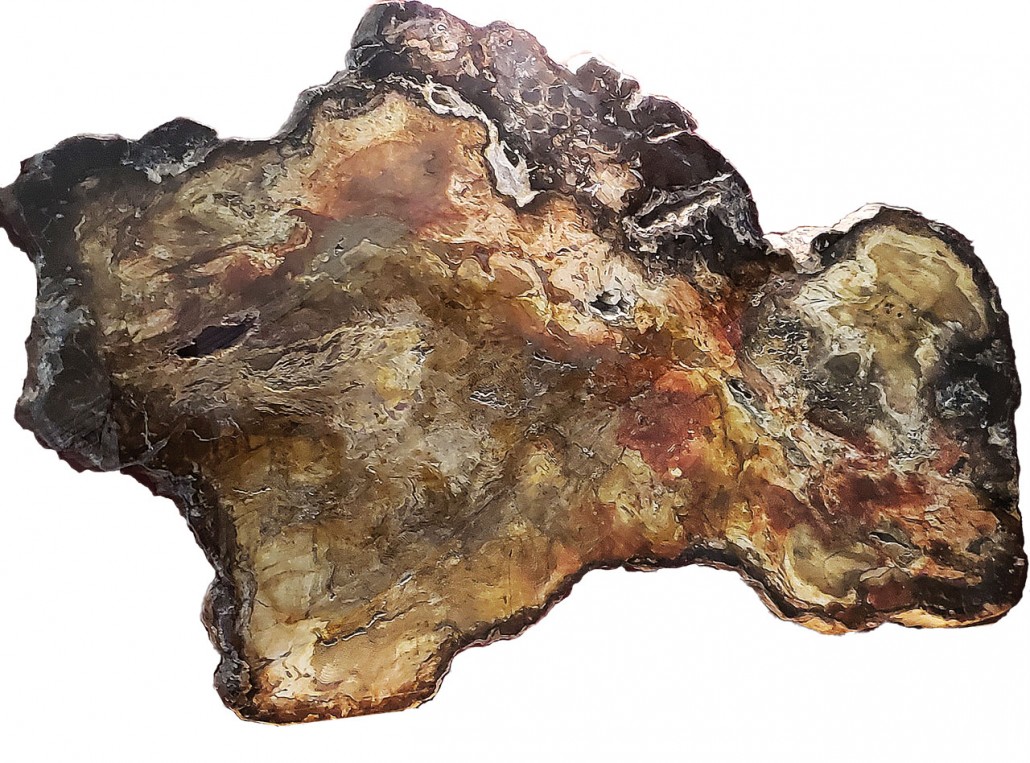
Mineral test for identification
Mineral Identification Virtual Lab Mineral Identification In this virtual investigation you will identify minerals by observing and testing their physical properties. After gathering data for an unknown mineral, you will refer to an identification chart to determine the mineral's identity. Mineral Identification Tables - Oakton Community College Effervesces in hydrochloric acid. Frequently in banded, botryoidal masses. Flame test produces green color. Sphalerite: 3.5 - 4 : dark brown or black to yellow: light yellow to brown: resinous to sub-metallic: YES - 6 dir. (all 6 directions not always obvious) ZnS: Reacts with hydrochloric acid only when powdered to produce hydrogen sulfide gas ... en.wikipedia.org › wiki › Mohs_scale_of_mineral_hardnessMohs scale of mineral hardness - Wikipedia Mohs hardness kit, containing one specimen of each mineral on the ten-point hardness scale The Mohs scale of mineral hardness ( / m oʊ z / ) is a qualitative ordinal scale , from 1 to 10, characterizing scratch resistance of various minerals through the ability of harder material to scratch softer material.
Mineral test for identification. padls.agriculture.pa.gov › PADLSSearchWelcome to PADLS Penn State University Animal Diagnostic Laboratory Wiley Lane University Park, PA 16802 Contact Phone: (814) 863-0837 Fax: (814) 865-3907 adlhelp@psu.edu PDF Identifying Minerals Lab Activity - Neshaminy School District o Luster - how a mineral reflects light - shiny, metallic, waxy, dull, greasy o Density - a mineral's density (mass divided by volume) is always the same. o Hardness - How easily a mineral can be scratched. Measured by a scratch test. Moh's Scale of Hardness of Minerals ranks 10 common minerals: 1 Talc Common items hardness pubchem.ncbi.nlm.nih.gov › compound › kaolinKaolin | Al2H4O9Si2 - PubChem Kaolin is an aluminosilicate soft white mineral named after the hill in China (Kao-ling) from which it was mined for centuries. In its natural state kaolin is a white, soft powder consisting principally of the mineral kaolinite, and varying amounts of other minerals such as muscovite, quartz, feldspar, and anatase. en.wikipedia.org › wiki › MineralMineral - Wikipedia A mineral can be identified by several physical properties, some of them being sufficient for full identification without equivocation. In other cases, minerals can only be classified by more complex optical , chemical or X-ray diffraction analysis; these methods, however, can be costly and time-consuming.
PDF Lab 9 - Mineral Identification Lab 9 - Mineral Identification All rocks are composed of one or more minerals. In order to be able to identify rocks you have ... jewelry to test mineral hardness! A diamond may be the hardest known mineral, but it is rather brittle and relatively easy to crush against even a softer mineral. Even if your diamond does GeoMan's Mineral Identification Tests - University of Oregon luster is the first fundamental test to be made when identifying any mineral. Most are relatively obvious, but some minerals can exhibit a range of lusters (ex. Hematite). Metallic: Looks like a metal. Metallic minerals are commonly shiny and opaque, even on thin edges. › science › mineral-chemicalmineral - Hardness | Britannica mineral - mineral - Hardness: Hardness (H) is the resistance of a mineral to scratching. It is a property by which minerals may be described relative to a standard scale of 10 minerals known as the Mohs scale of hardness. The degree of hardness is determined by observing the comparative ease or difficulty with which one mineral is scratched by another or by a steel tool. For measuring the ... DOCX Mineral Identification Lab - Berkeley Heights Public Schools Mineral Identification Lab. Introduction: In this lab activity you will become familiar with minerals and identifying their different properties. This lab will also introduce you to the deductive process where you will utilize the results of each property test to identify the name of the mineral from an established key.
Mineral Identification - Earth Science Week Purpose To teach the student to identify minerals by observing and testing the physical properties of each mineral. Instructions Set up mineral stations for each mineral the students are to identify. If necessary, some stations may have two minerals to identify. Each station should be equipped with one each of the following items: Glass plate Penny List of mineral tests - Wikipedia Mineral tests are several methods which can help identify the mineral type. This is used widely in mineralogy, hydrocarbon exploration and general mapping. There are over 4000 types of minerals known with each one with different sub-classes. Quick Test Method for Determining Specific Gravity of ... The test procedure follows these five steps: 1. Turn on power and the scale should "zero" itself. 2. Weigh the dry mineral specimen and record the weight. 3. Place the water-filled container (filled with water enough to submerge the specimen) on the scale and "zero" it out. I size the cup of water to the size of the specimen. PDF Mineral Identification Flow Chart PO Box 342, Huger, South Carolina 29450 843-216-8189 843-216-8352 rockinfo@minimegeology.com . MINERAL IDENTIFICATION FLOW CHART
PDF 04Lab Mineral Identification Lab 4: Mineral Identification April 14 2009 , While about 3000 minerals have been recognized as valid species, very few of these are commonly seen. Comprehensive mineralogy texts typically deal with about 200 minerals and even that number is greatly in excess of the number of minerals most geologists encounter in the field during their careers.
Glad You Asked: How Do Geologists Identify Minerals ... A streak test is accomplished by rubbing the mineral on a porcelain plate, also known as a streak plate. The color of the streak left by the mineral is sometimes different from the color of the mineral itself. A streak test comes in handy when identifying minerals such as hematite. Hematite can be found in various colors from black to red, but ...
How to Identify Minerals in 10 Steps (Photos) You test the hardness of a mineral by scratching its surface with a mineral of a known hardness. Mineralogists use Mohs Scale as a reference for mineral hardness. The scale lists common minerals in order of their relative hardness. You can use the minerals in the scale to test the hardness of an unknown mineral.
PDF Mineral Identification Introduction: Purpose: Items ... 4. Remove 2 minerals from the kit and close the cover of the box. List the two minerals of choice by name and number (taken from the mineral kit key) on the Mineral Identification Worksheet. Perform the tests described on the Mineral Background sheet and record the resulting information in the appropriate space on the sheet.
Amazon.com: mineral test kit Mohs Hardness Test Kit Mohs Hardness Picks 5 Pack Mohs Hardness Tester Industrial Mineral Identification Kit Gem Jade Jewelry 5-9 Scratch Tester 4.1 out of 5 stars 29 $104.99 $ 104 . 99
How to Identify Minerals in 10 Steps - ThoughtCo To identify your mineral, you'll need a streak plate or something like it. A broken kitchen tile or even a handy sidewalk can do. Scratch your mineral across the streak plate with a scribbling motion, then look at the results. Hematite, for example, will leave a red-brown streak.
Mineral Identification Test | Earth Sciences Quiz - Quizizz Mineral Identification Test | Earth Sciences Quiz - Quizizz Play this game to review Earth Sciences. The way a surface (of a mineral) reflect light. Either metallic or nonmetallic: Preview this quiz on Quizizz. Many minerals form from the cooling of magma. If the magma cools slowly, what size are the crystals? Mineral Identification TestDRAFT
PDF Earth Resources: Mineral Identification Your instructor will provide you with up to 10 different mineral samples for identification. To test for hardness, you will also be provided with a copper plate or penny, a steel nail, and a glass plate (you can provide your own fingernail). You will also be given a piece of unglazed porcelain tile to use as a streak plate
PDF Mineral Identification Sheet test would be beneficial in identifying your minerals. 4. Pick a mineral. In the data table, draw a sketch of the mineral you are testing. 5. Using the mineral identification sheet, conduct tests for each physical property to identify the mineral. 6. Record the properties discovered under the correct property box. Example, after doing a
› Toysmith-7922-Mineral-Science-KitAmazon.com: Toysmith Mineral Science Kit : Toys & Games Jun 01, 2019 · The Mineral Science Kit teaches how to test, classify and identify different kinds of minerals. The kit includes fifteen (15) mineral specimens, plus a magnifying viewer and a handy identification guide. Perfect for young science enthusiasts, especially those with an interest in geology.
PDF Mineral ID Lab - Teacher Information - Science Spot Mineral ID Lab - Teacher Information Objective: Complete the tasks/tests at six different stations and make observations to identify mineral samples. Station Descriptions: 1 - Color vs. Streak - Compare the color of the mineral with the color of the streak it creates. 2.
Clay mineral - Wikipedia Clay minerals are hydrous aluminium phyllosilicates, sometimes with variable amounts of iron, magnesium, alkali metals, alkaline earths, and other cations found on or near some planetary surfaces.. Clay minerals form in the presence of water and have been important to life, and many theories of abiogenesis involve them. They are important constituents of soils, and have been …
pubchem.ncbi.nlm.nih.gov › compound › sulfurSulfur | S - PubChem Metallic copper removed sulfur and reduced the toxicity of acetone extracts of sediment samples analyzed in the bioluminescence test. The sulfur inhibition of cell bioluminescence was noncompetitive with decanal , the luciferase substrate; reversible, with maximum toxicity after 15 min (EC50 = 11.8 ug/L); and almost totally recovered after 2 hr.
Page - Lab 1 - Physical Properties of Minerals a mineral of hardness of 2 is not twice as hard as a mineral of hardness 1. What this means is that to test really hard minerals you have to use a good deal more force than for softer minerals. You must wipe off any mineral powder from the samples …
Specimen Identification Guide | Public | Clemson ... Most minerals are very rare and their identification often requires a mineralogist that is trained in the use of microscopic and other analytical techniques. However, some minerals (e.g., quartz and calcite) are very common.
Minerals Quiz - ProProfs Minerals are naturally occurring substances, with a definite chemical composition and ordered internal structure that is found beneath the earth's surface. Below is an 8th-grade honors quiz over mineral characteristics and identification in the format of multiple choice and extended response. Give it a try and see what you understand about the minerals around us. Share how high your score is ...
Mineral Identification Lab Flashcards | Quizlet Mineral Identification Lab. STUDY. Flashcards. Learn. Write. Spell. Test. PLAY. Match. Gravity. Created by. zoe_branch1. Terms in this set (16) Calcite (1) Comes in many white colors White streak Hardness = 3 3 directions of cleavage not at 90 degrees Nonmetallic-glassy luster Reacts to HCl.
Mineral Identification Quiz | Earth Sciences Quiz - Quizizz Rub the mineral on a porcelain tile and observe the color of the material left behind. Carefully measure the mass of the sample of the unkown mineral. Place the mineral in boiling water in order to identify its boiling point. Compare the size of a mineral to the size of a known identity of another mineral. Question 9 30 seconds Q.
PDF Mineral Identification Tests - Council Rock School District When an unknown mineral is rubbed against a piece of unglazed porcelain ( aka-streak plate) it may produce a colored line. This color will help to determine the minerals identification. This test is very useful for Hematite and Limonite. Many times a sample does not leave a color streak however, or is harder than the streak plate. The
Mineral 1.0: Mineral identification quiz - Spaceman.ca Mineral 1.0: Mineral identification quiz. Material: All | Silicates | Halides | Carbonates | Sulfates | Oxides | Phosphates | Hydroxides | Native elements | Sulfides. Difficulty: Normal | Hard. Identify the following mineral by clicking on the buttons below to reveal its properties one by one. For a harder/more specific test, choose from the ...
en.wikipedia.org › wiki › Mohs_scale_of_mineral_hardnessMohs scale of mineral hardness - Wikipedia Mohs hardness kit, containing one specimen of each mineral on the ten-point hardness scale The Mohs scale of mineral hardness ( / m oʊ z / ) is a qualitative ordinal scale , from 1 to 10, characterizing scratch resistance of various minerals through the ability of harder material to scratch softer material.
Mineral Identification Tables - Oakton Community College Effervesces in hydrochloric acid. Frequently in banded, botryoidal masses. Flame test produces green color. Sphalerite: 3.5 - 4 : dark brown or black to yellow: light yellow to brown: resinous to sub-metallic: YES - 6 dir. (all 6 directions not always obvious) ZnS: Reacts with hydrochloric acid only when powdered to produce hydrogen sulfide gas ...
Mineral Identification Virtual Lab Mineral Identification In this virtual investigation you will identify minerals by observing and testing their physical properties. After gathering data for an unknown mineral, you will refer to an identification chart to determine the mineral's identity.

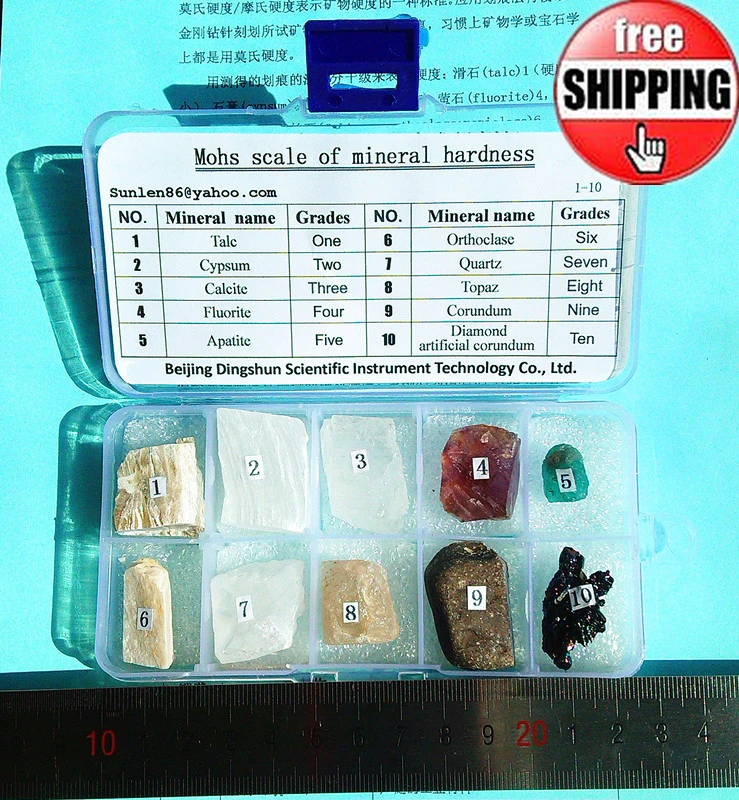
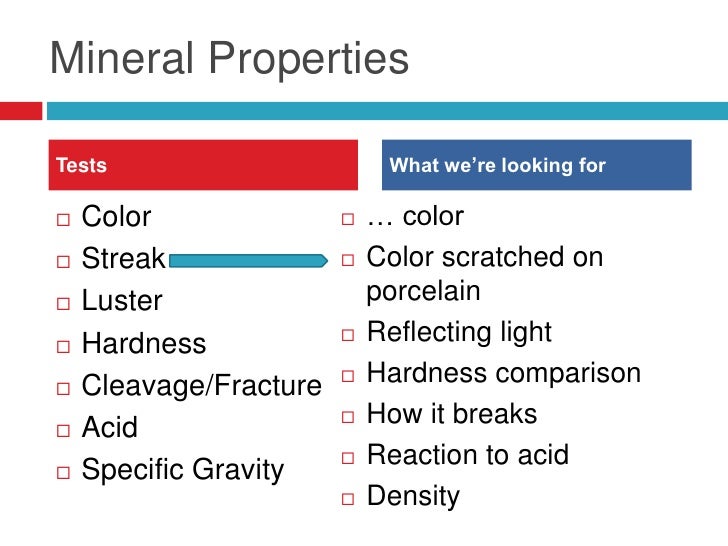
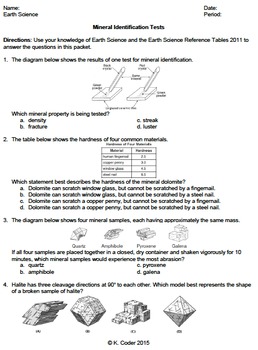

![Cleavage Vs Fracture [Mineral Identification] ❤️2022 ...](https://www.rocksforkids.com/wp-content/uploads/2018/08/cleavage-vs-fracture.jpg)







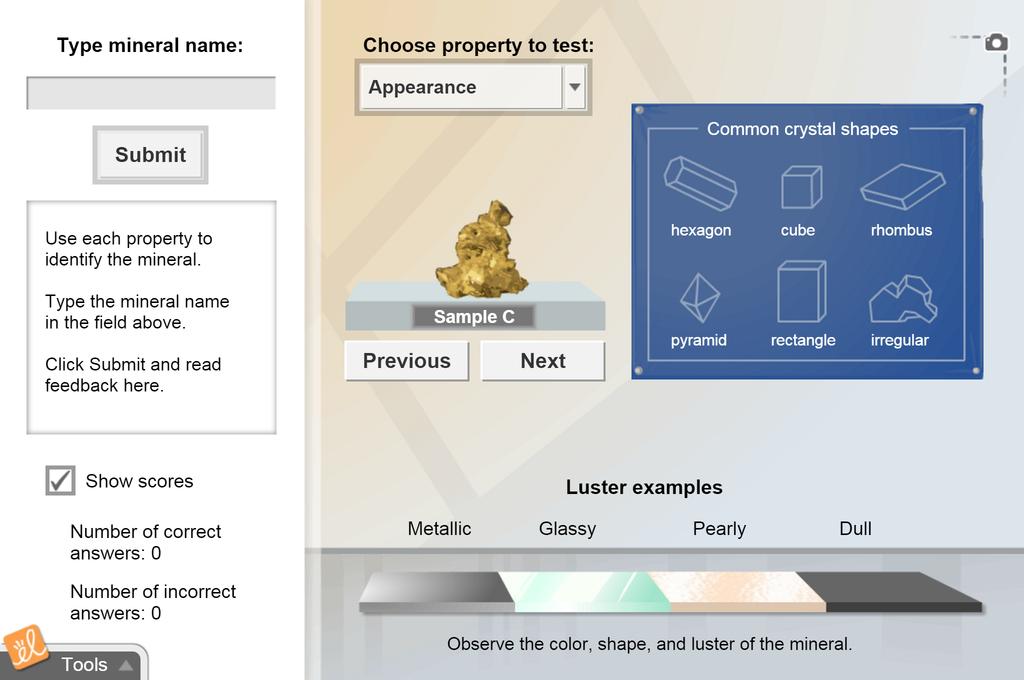

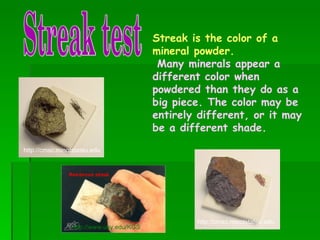
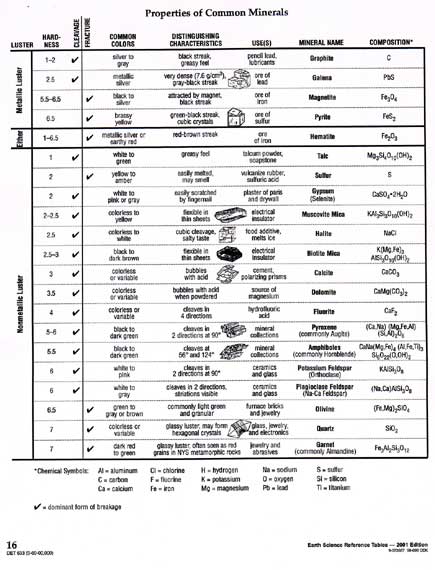

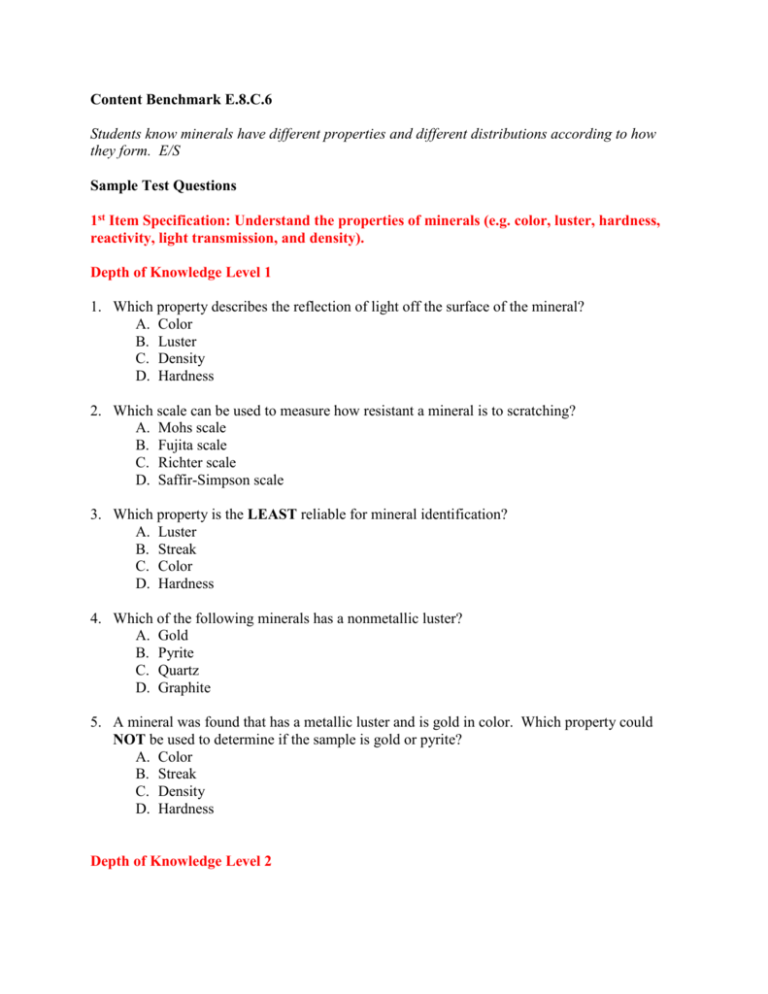





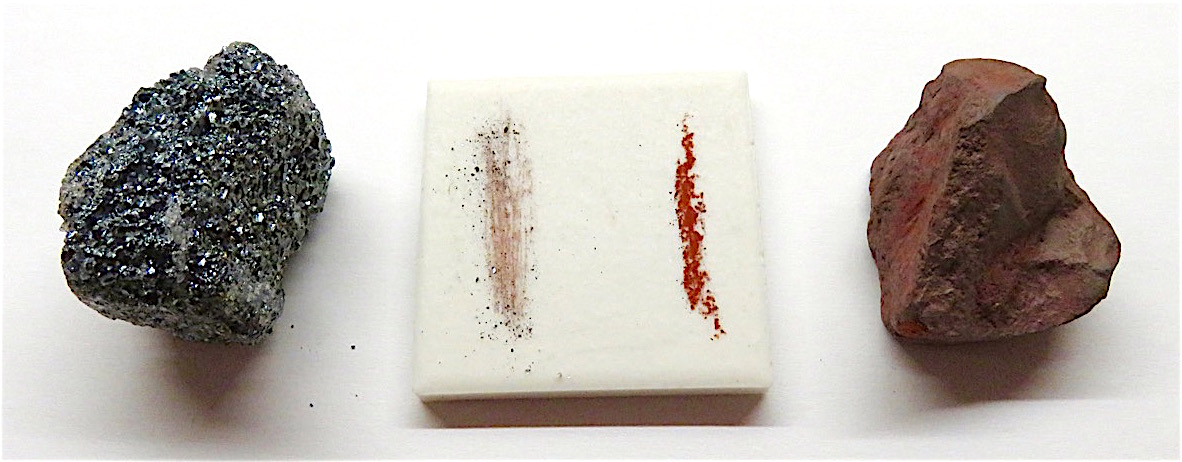
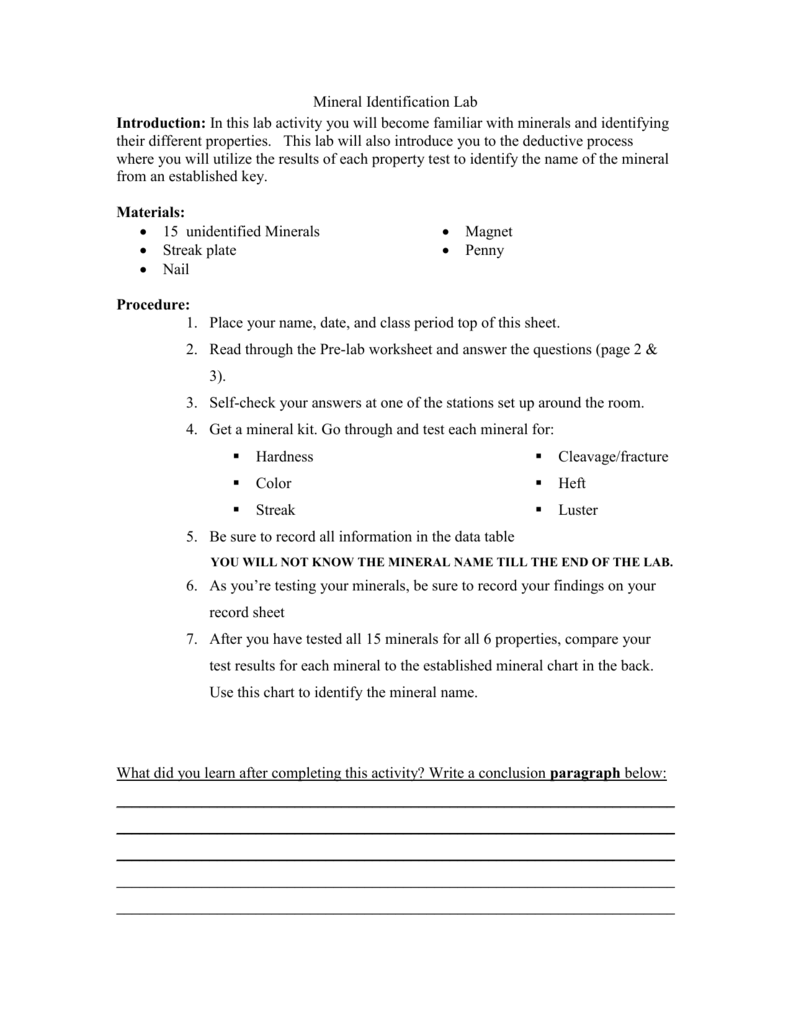
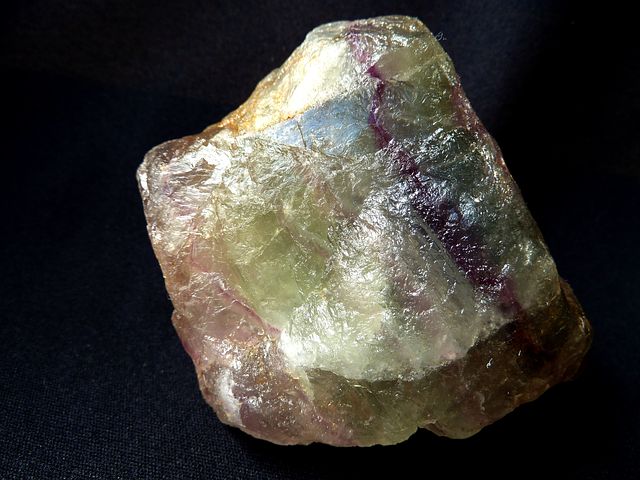

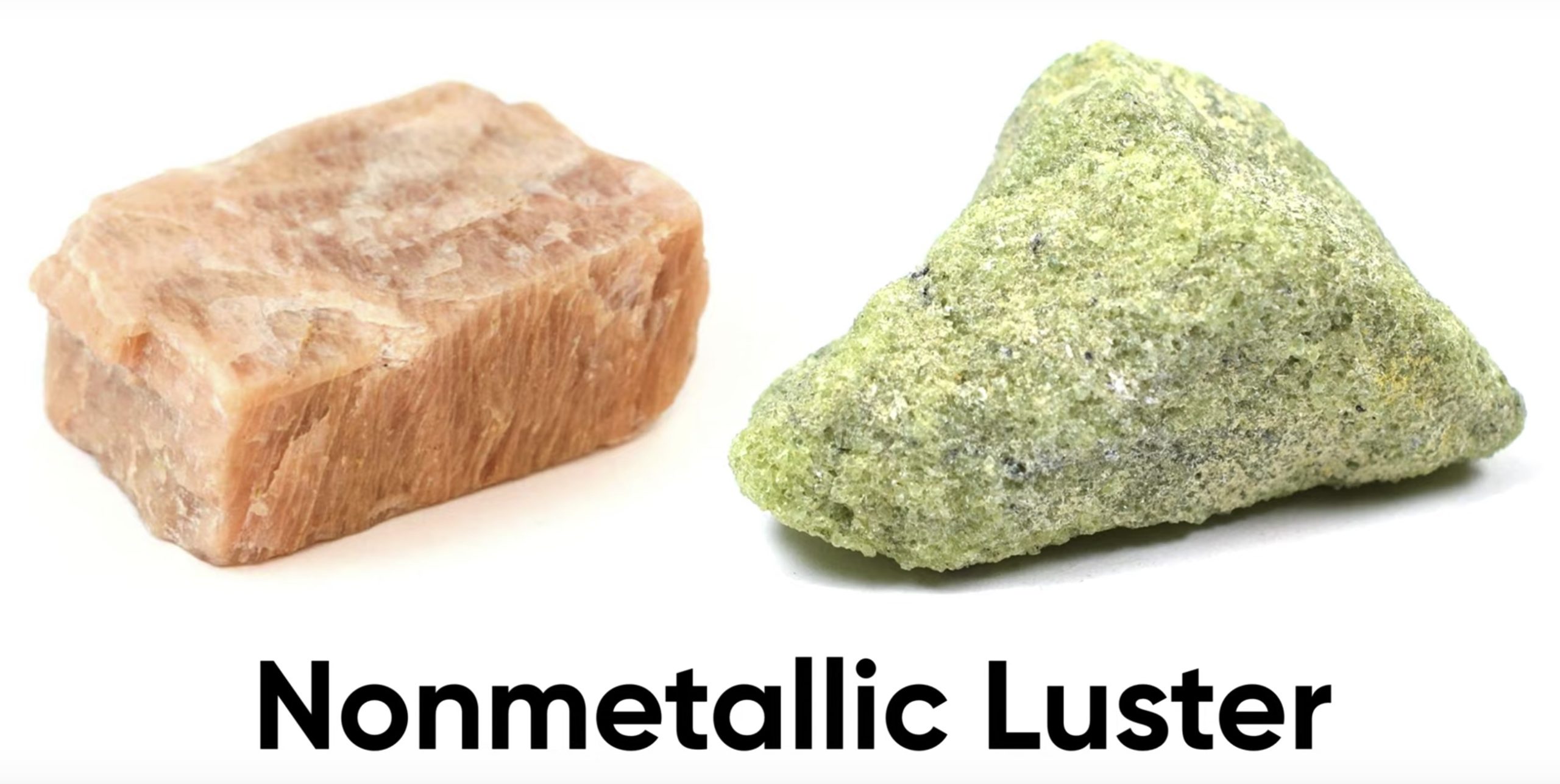

0 Response to "38 Mineral Test For Identification"
Post a Comment